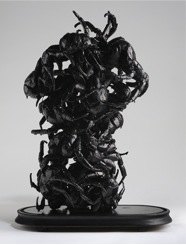

And this got me thinking about another disaster. The big news out of Europe recently has been the austerity measures being formulated and implemented across the continent in response to the economic crisis that began in Greece. Austerity, in economic terms, is when a government reduces its spending and/or increases user fees (i.e. taxes) to pay back creditors. Austerity is usually required when a government’s fiscal deficit spending is believed to be unsustainable. This may seem laughable for United States readers whose government has a $13 trillion dollar plus national debt and is currently running a $1.4 trillion dollar deficit. The key difference between the United States and Greece in this respect is demand for debt. Lenders are confident in the United State’s ability to repay their loans and so continue to loan money, at low interest rates, allowing the government to continue borrowing.
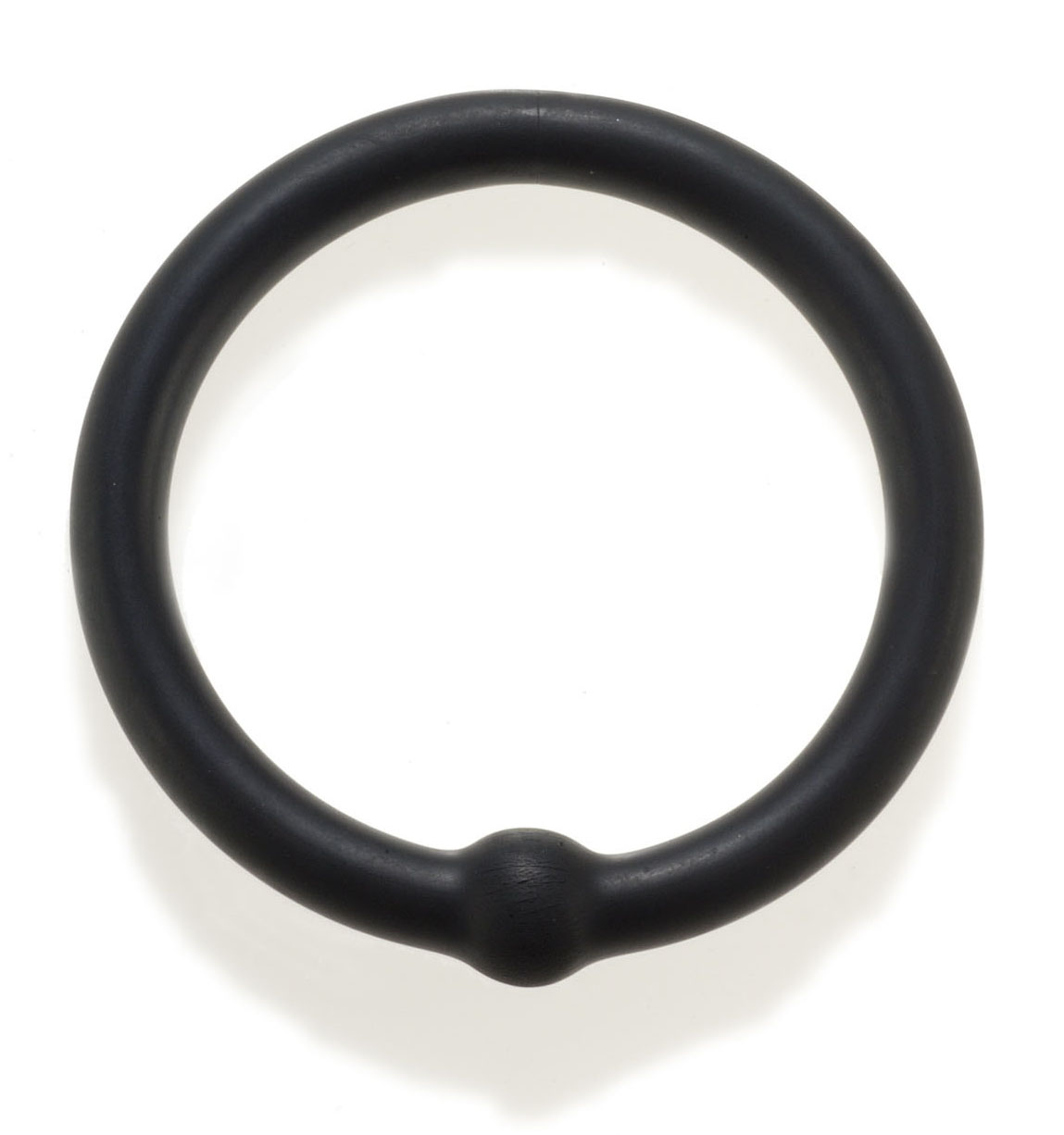
Even after the EU/IMF bailout was approved, global markets did not entirely stabilize. And more alarmingly, Greece’s troubles seem to be just the tip of the iceberg. As world markets sour in response to the crisis, the borrowing climate for other countries in the Eurozone seems bleak, prompting forecasts of possible repeat performances of the Greek episode in Portugal, Ireland, Italy and even Spain. In order to prevent further economic decline, austerity measures have been adopted in Greece, Spain, Portugal, France, Germany, Italy and Ireland.
Finding our way back to our topic, I wonder if these austerity measures can be projected into the reading of European art jewelry. For some time the paradigm in continental European jewelry has been that of process-based material exploration. In fact, it was the unconventional use of precious materials (as in the work of Hermann Jünger) and then the rejection of precious materials altogether (illustrated by the work of Otto Künzli) that has helped to define contemporary art jewelry.
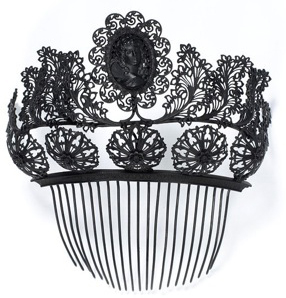
This shift might also be a form of metallurgical abstinence. If in the past jewelry made of precious metal and gemstones were symbols of luxury, extravagance, aristocracy and the patriarchal system, then contemporary European art jewelry must represent moderation, restraint and democratic, socialist and egalitarian values. The systematic rejection of precious jewelry materials by makers recasts the cultural value of jewelry as more relevant – and even participatory in a semiotic way – in progressive European society.
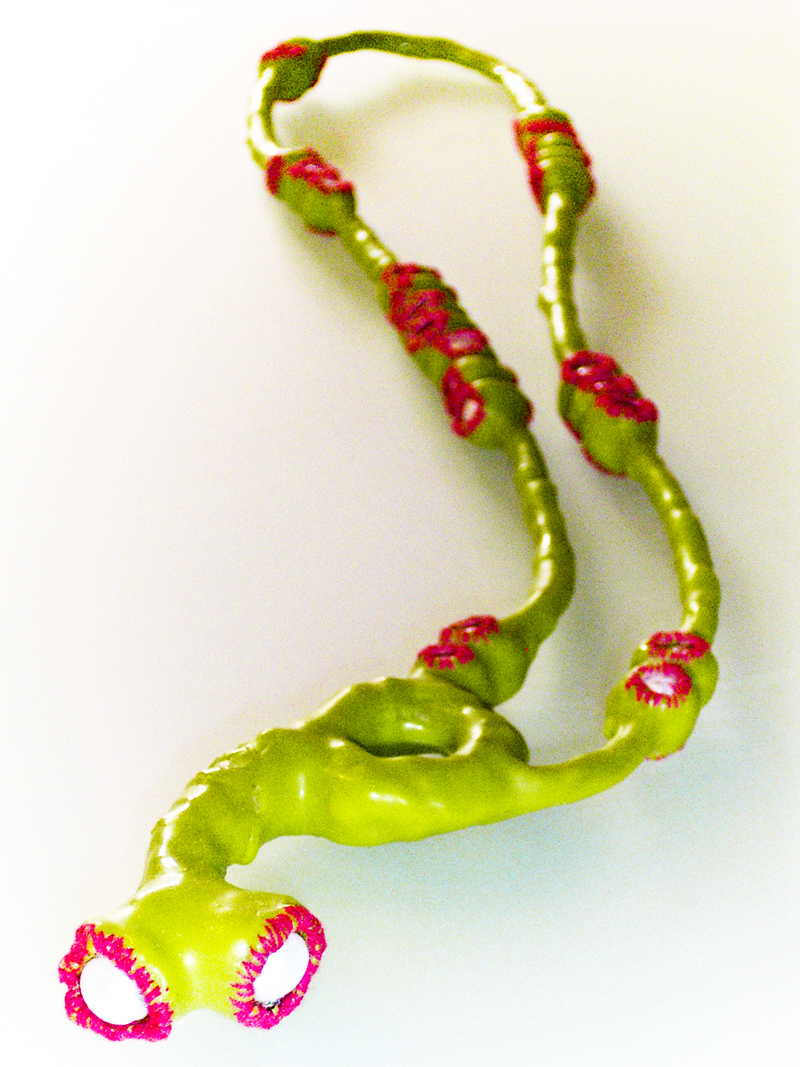
It is of note that austerity measures are often accompanied by some patriotic scheme. The logic must be that communal hardships create solidarity. In the above example the exchange of gold jewelry for iron became the mechanism to leverage austerity into patriotism. The second thing to take away is the significance of the shift in material. Iron came to be the socially endorsed material for jewelry making during the early nineteenth century in Prussia.
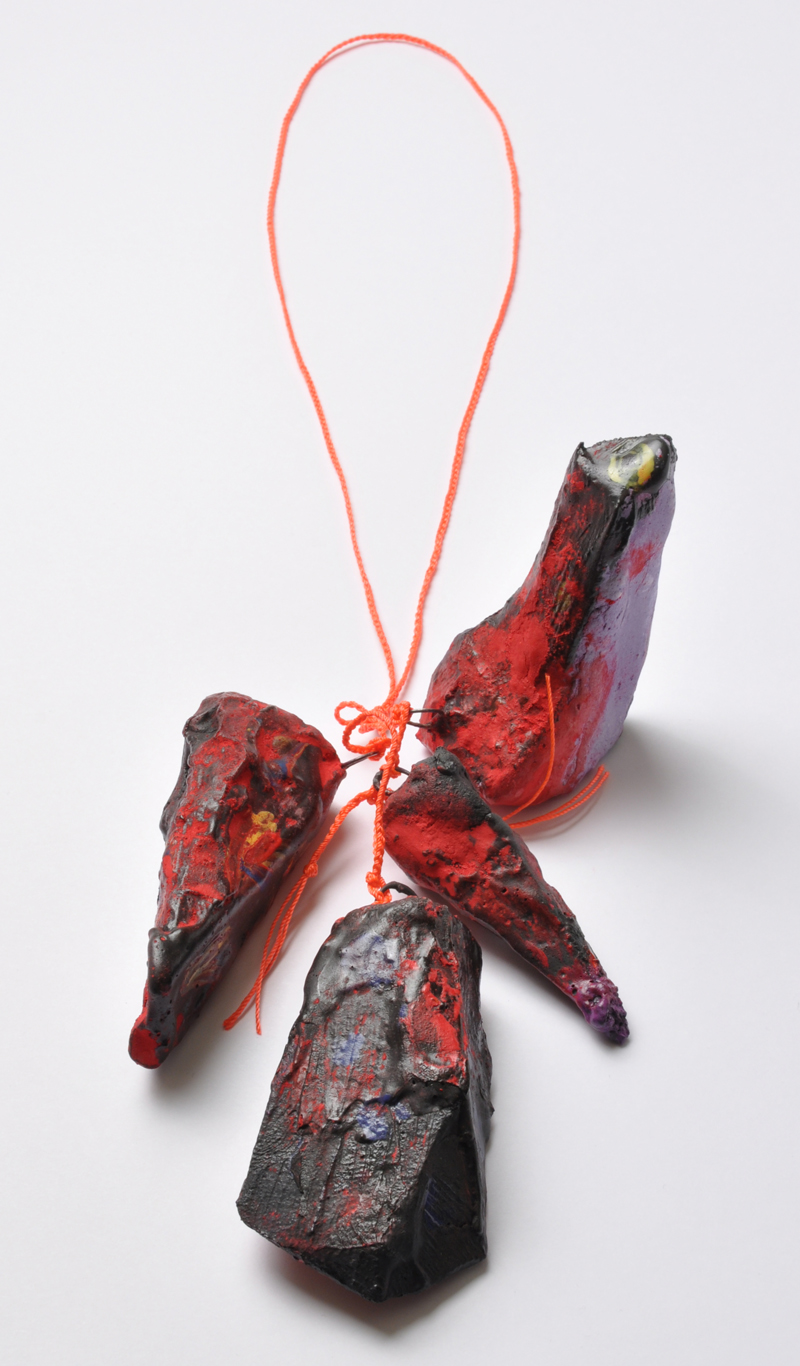
Perhaps this is a question that cannot be answered just yet. A clue may be found in dissecting Iris Bodemer’s recent body of work titled Ingredients. Bodemer’s jewelry has, by degrees, moved further and further away from precious materials, but has never abandoned them entirely. Looking at her Untitled Ingredients Neckpiece from 2008, none of the materials look like they are treated with particular reverence. I wonder if it is even possible to determine whether she used precious materials or not. Can you tell?
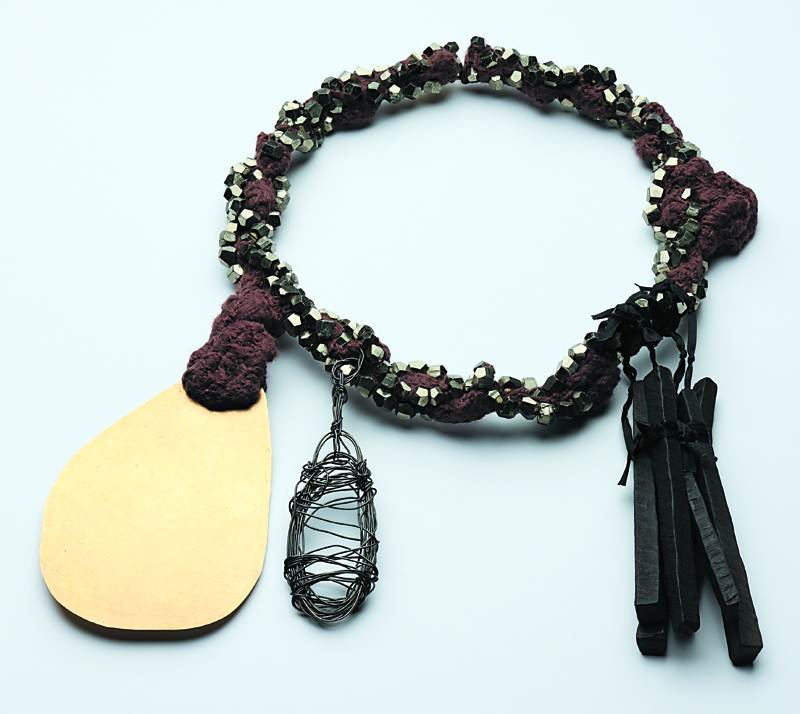
So where does this leave us? One possible outcome is the projection of meaning onto jewelry objects by outside cultural forces. My proposal is that this can happen through cultural phenomena such as current events. As Europeans are plunged into political, economic and cultural austerity, art jewelry, made of non-precious materials, has the ability to engage European viewers as meticulously created objet d’art that speak to the restraint that their society is collectively exercising. As we saw with Berlin iron two centuries ago, this is not such a far-fetched idea. Jewelry has long been used to express virtues or qualities of the wearer. Interpreting contemporary European art jewelry in such a way would allow citizens to express their solidarity with the austerity measures aimed at stabilizing their way of life. Art jewelry could even become a fashionable and patriotic statement.
Unfortunately, I can’t really conceive of this happening. The Livestrong yellow rubber bracelet becoming the symbol of fighting cancer in the United States is a cultural phenomenon that owes much to both a sports celebrity and a vigorous marketing campaign by Nike. Who will speak for art jewelry as a symbol of austerity? Angela Merkel? I hope European art jewelry enthusiasts can find the silver lining in the austerity cloud, especially since it could afford the practice of art jewelry making greater cultural notoriety.




